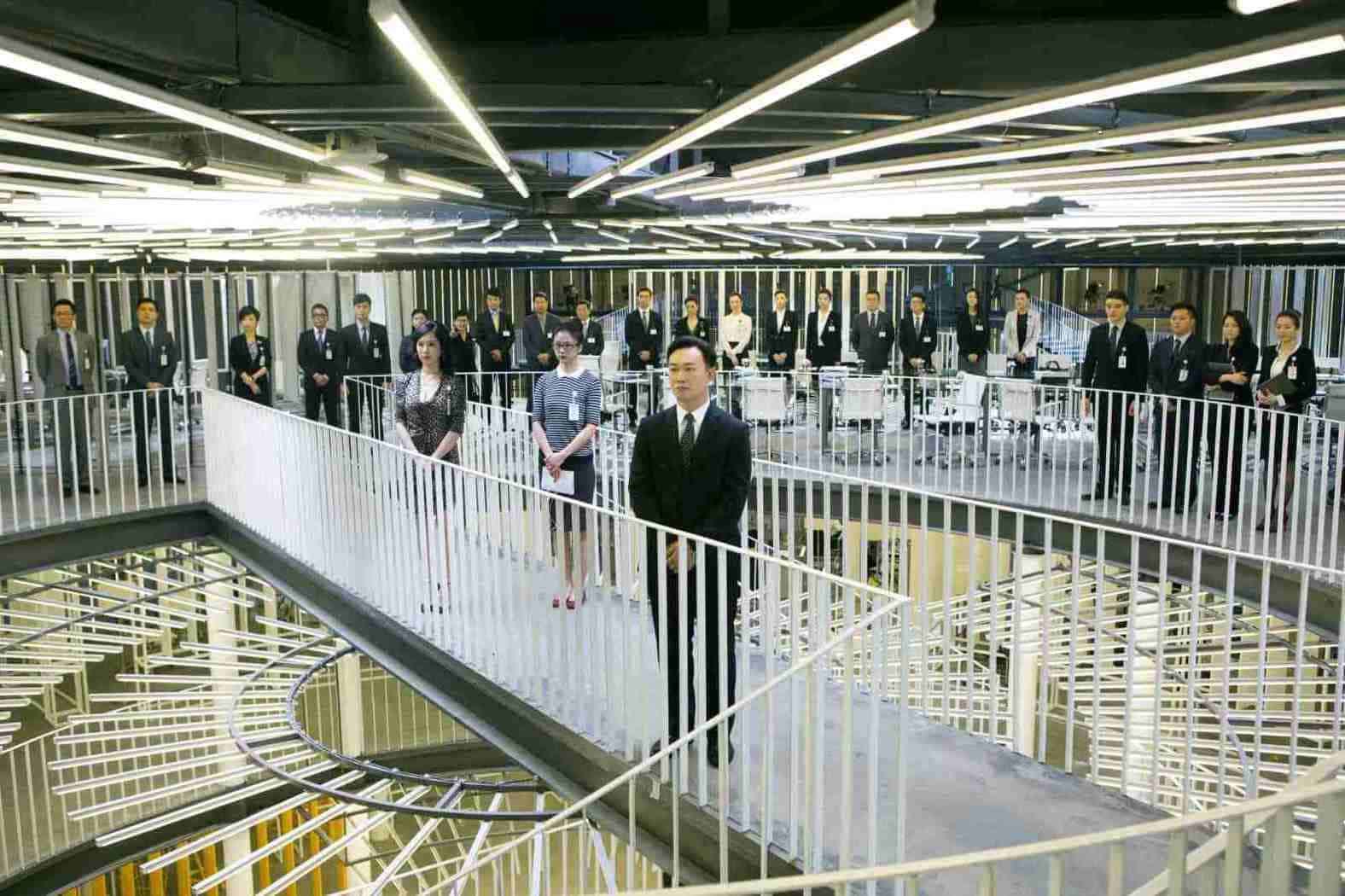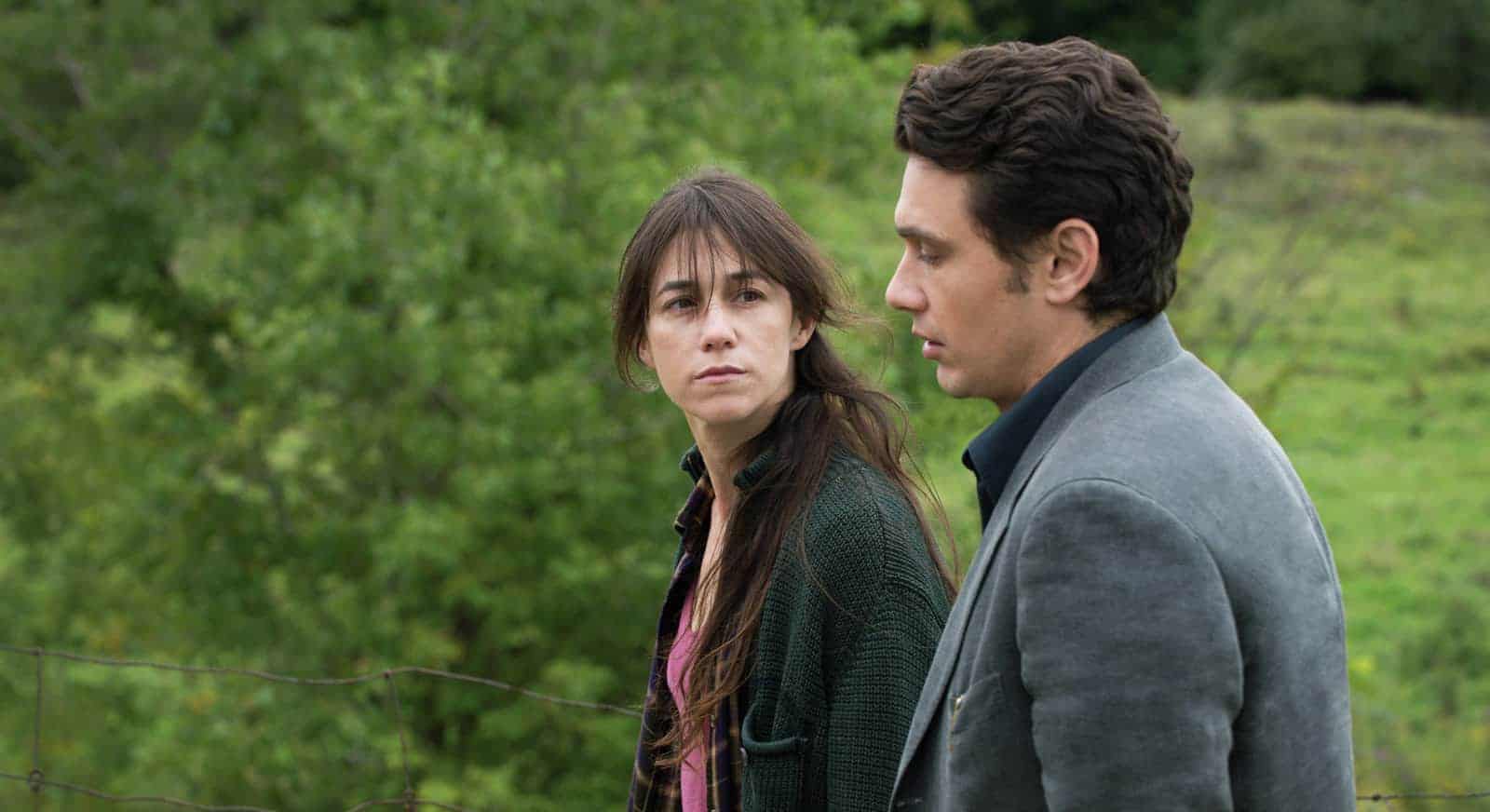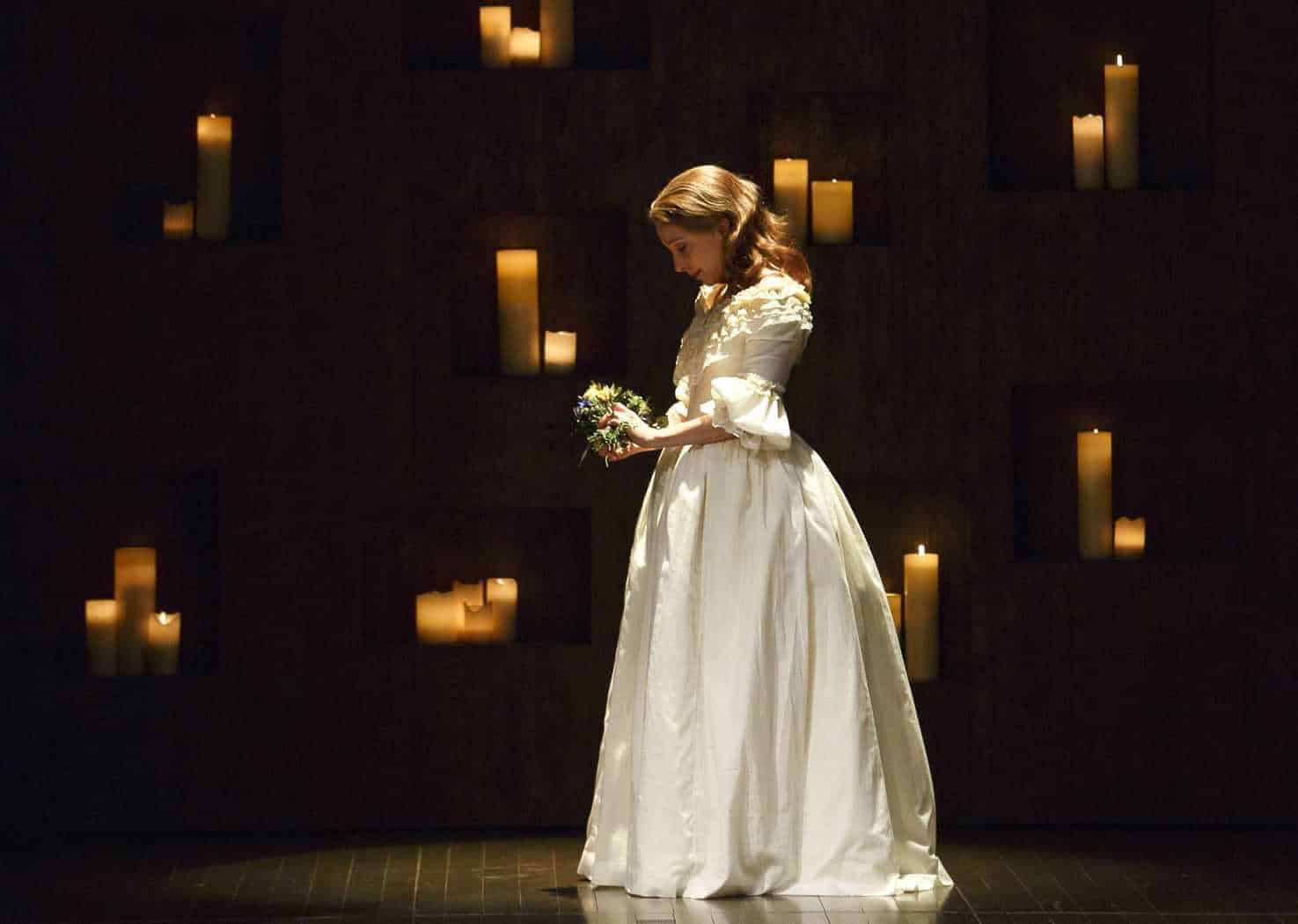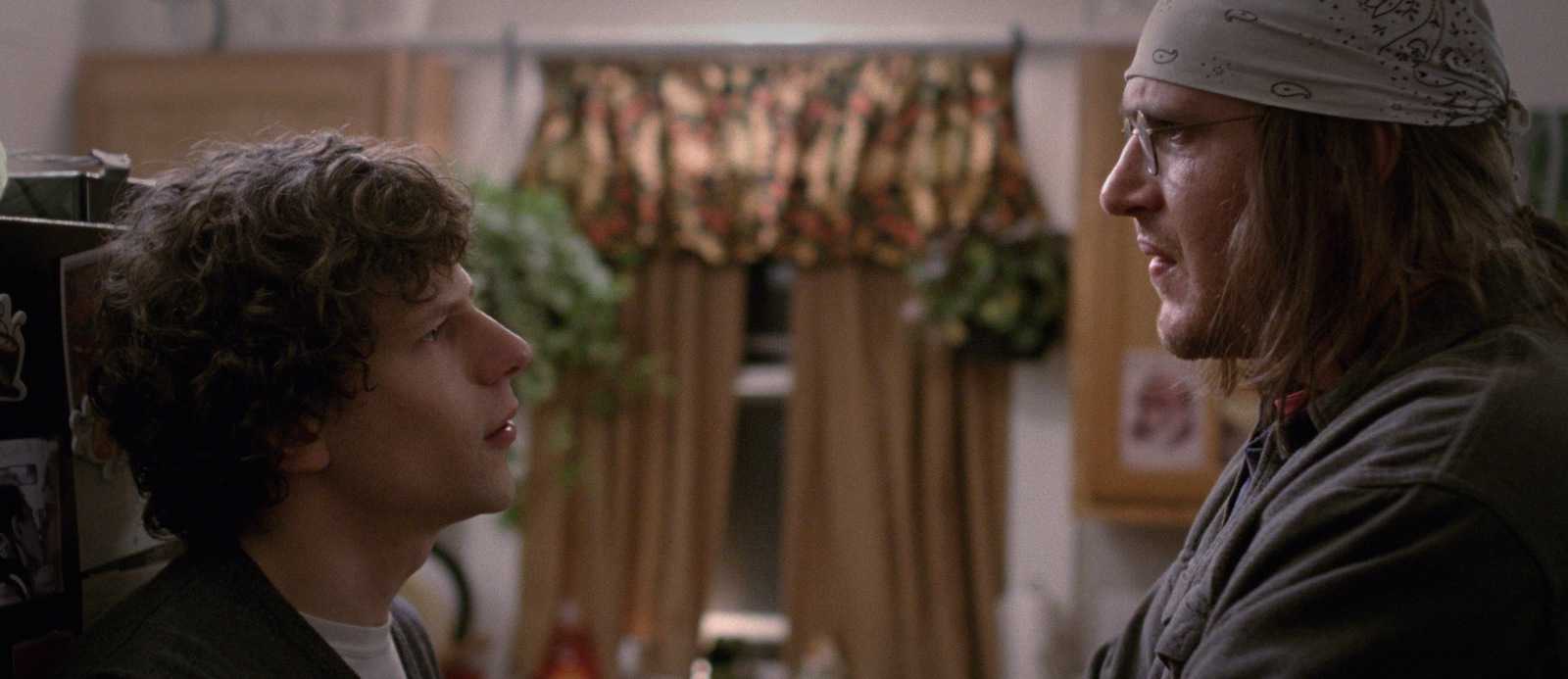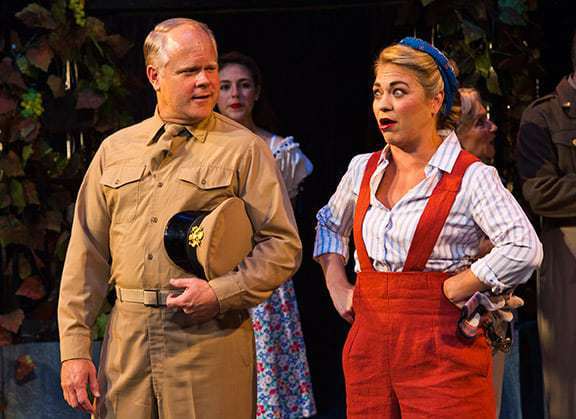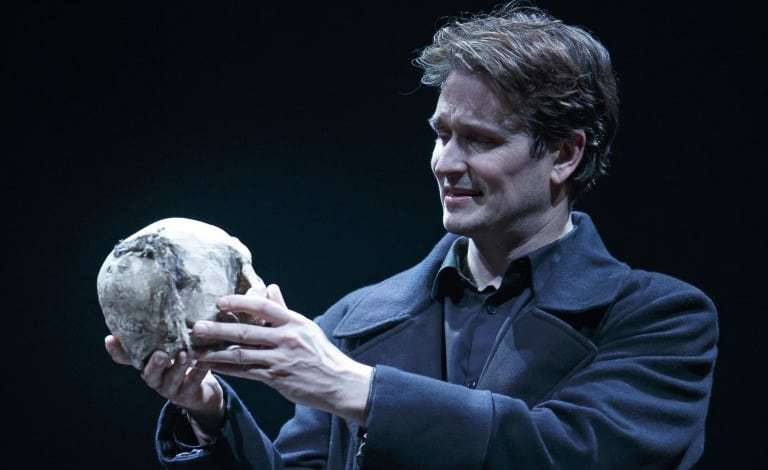Johnnie To borrows from the conventions of theatre, especially in his set design, to craft a satirical corporate musical.
Stage vs. Screen
Here you'll find pieces that look at how films have been influenced by the conventions of theatre and vice versa. We also look at adapting plays for the screen and films for the stage, including what is lost and gained from the change in medium.
TIFF15: Masterful 3D is vital to the domestic drama in Every Thing Will Be Fine
Whether it’s making you feel like you’re gazing at the Chauvet caves in Southern France in Cave of Forgotten Dreams or making you aware of how small a boy is in a big, scary, Dickensian adult world in Hugo, 3D can be an essential tool for storytelling. Ever since Wim Wenders started using the technology, to […]
Pericles, Prince and Tiresome at Stratford
Shakespeare’s Pericles, Prince of Tyre (rebranded by the Stratford Festival as The Adventures of Pericles) is less a play and more a series of scenes strung together. It opens with incest and runs through murder, resurrection, and the threat of sexual slavery before a visitation from the goddess Diana. Remarkably, director Scott Wentworth manages to impose unity on this unruly text by highlighting the theme of feminine virtue that runs through the play.
A great conversation captivates in ‘The End of The Tour’
In the winter of 1996, Rolling Stone journalist and fledgling author David Lipsky spent four days with the renowned novelist David Foster Wallace on the last leg of his “Infinite Jest” book tour. Lipsky had just published a novel that didn’t get much attention, and he was both impressed with and intimidated by Wallace’s talent […]
A terrific ‘Much Ado About Nothing’ at Santa Cruz Shakespeare
A successful production of Shakespeare’s “Much Ado About Nothing” must satisfy three requirements: Beatrice and Benedick — the lovers in a merry war of wit — have to be lovable, the story needs to be clear, and the jokes have to land. Even Kenneth Branagh’s otherwise brilliant and definitive film of the play suffered from […]
Stratford Festival 2015: Hamlet is a terrific, tense family drama
Antoni Cimolino’s production of Hamlet at the Ontario Shakespeare Festival takes the Bard’s masterpiece and pares it down to a tense family drama.
